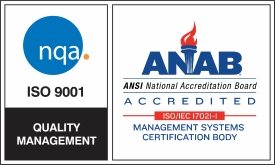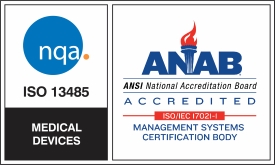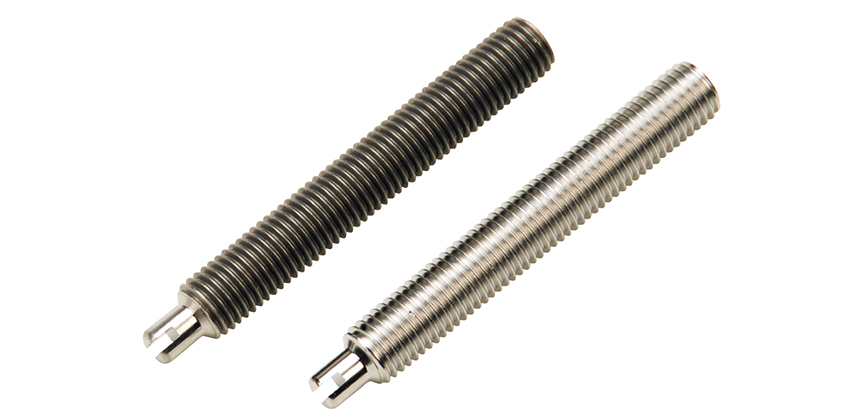Achieving the necessary finish on metal components is critical for meeting industry standards and ensuring part performance. However, part manufacturers and engineers often underestimate the requirements needed to achieve that perfect finish on both the macro and micro level.
If you’re looking to achieve a target Roughness Average (Ra) value, knowing how initial manufacturing, secondary operations and even process limitations affect the final results is important for selecting the right process for microfinish improvement.
Here are a few things you should keep in mind when you set out to improve the finish of your components.

All Manufacturing Process and Operations Require Microfinish Improvement
Just about every manufacturing or secondary operation introduces irregularities in the surface of your parts. When a specific Ra value is necessary, understanding the type of manufacturing process your parts have been through can be important in determining how to improve the final surface finish. Cutting, stamping, welding, grinding, and blasting are just a few examples of manufacturing processes and secondary operations that cause imperfections in the finish of parts. In addition, electrical discharge machining (EDM) a commonly used manufacturing process leaves a recast layer on parts, making for a rough, irregular surface.
Many people believe that blasting metal parts with various medias will achieve a very smooth final finish. While the operation removes scale from heat treatment and masks machine marks and scratches, the impingement from the process makes the surface of the part rougher. Therefore, blasting is not recommended if you’re looking to improve overall Ra values on your parts.
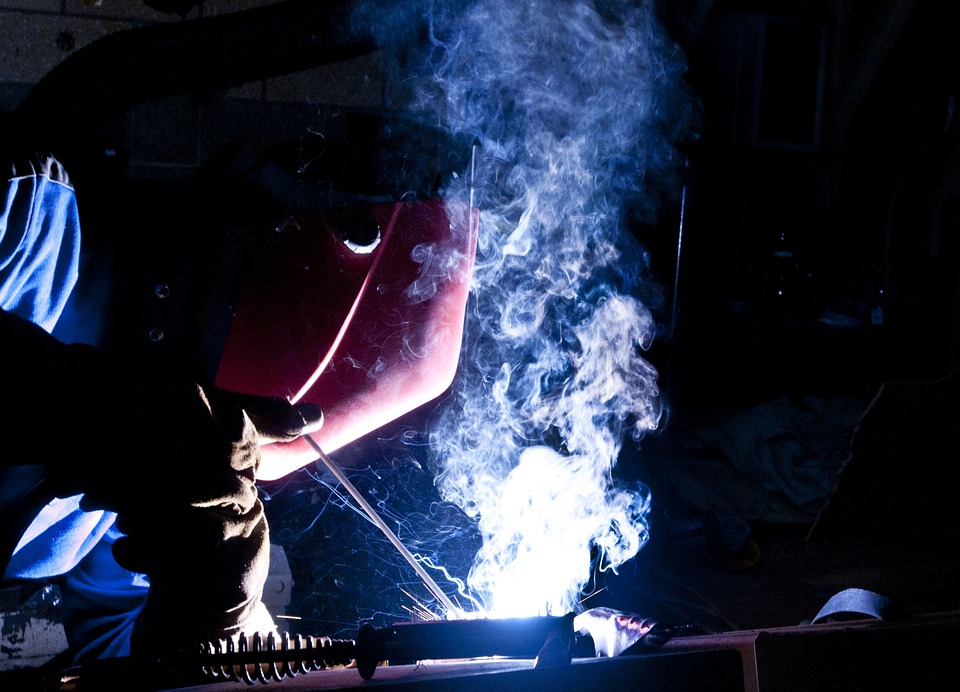
Microfinish Is Critical for Optimal Part Performance
A smooth finish, often one with very specific ranges, is critical for the performance of parts used in a variety of applications. Components used in electronics, medical equipment, and pneumatic and hydraulic operations require a low Ra value for optimal performance, prevention of premature failure and long-term durability and reliability.
Parts used in electronics, where preventing electrical arcing is important, require a precise Ra value to ensure proper conductivity between parts. In this case, an inadequate surface finish can lead to unwanted arcing that can ultimately damage the particular piece or equipment. In medical applications such as MRI imaging equipment where high voltage is present, improper finish can cause interruptions in the current path, leading to costly damages to the equipment. This can be extremely detrimental to hospital operations because MRI machines are a major generator of revenue.

In pneumatics and hydraulics applications where reducing friction is important, a rough surface can mean inferior performance and even premature part failure. In these cases, improving the microfinish on parts reduces the amount of surface contact parts will have with each other. This decreases the friction between parts and allows for better performance and durability.
Determining the Best Process to Achieve Your Desired Microfinish
When a specific final Ra value is required, the original state of your parts is critical to achieving the desired finish and selecting the right process to attain it. Depending on their original manufacturing process, metal components may have a starting Ra value well outside the desired range. In general, parts with higher starting Ra values will require a secondary operation to achieve a low Ra value.
Mechanical polishing utilizes multiple grit sizes in belts or wheels to effectively lower the Ra value of the given part. The process is capable of achieving very low Ra values but is generally much more expensive than electropolishing. To reduce the mechanical polishing time and cost, it is often used in conjunction with electropolishing.
By nature, electropolishing attacks the high points or peaks in the surface. The removal of a uniform layer of metal from a part’s surface lowers the peak to valley ratio and has a leveling effect, which lowers the Ra value.
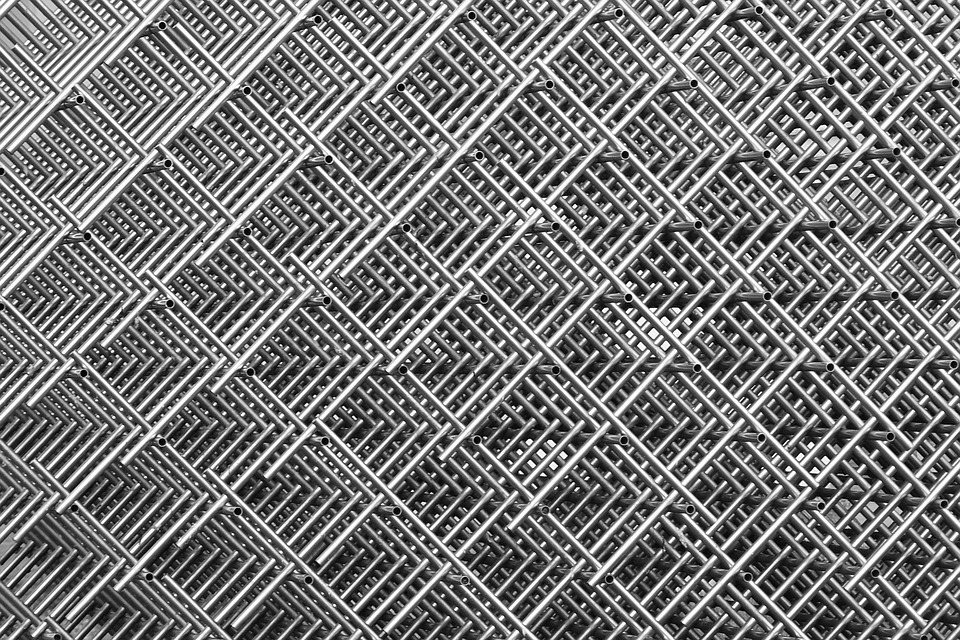
In general, electropolishing will reduce a part’s Ra value by a maximum of 50%. For example, a part with an original Ra value of 40 can be treated to achieve an Ra value of 20. For best results, components should have a maximum Ra value of 32 before being electropolished. If a part has an original Ra value higher than 32, a secondary operation may be necessary to attain the desired Ra value. Electropolishing is highly effective for parts with the proper starting finish and can achieve finishes as low as 4 Ra.
Often chosen as the final step in the manufacturing process, electropolishing offers part and equipment manufacturers a variety of benefits beyond microfinish improvement. These include greater corrosion resistance, deburring, fatigue life improvement and more.
Talk to a metal finishing specialist to learn more about electropolishing or submit a sample part to be electropolished for free to determine if electropolishing is an appropriate finishing method for your components.
